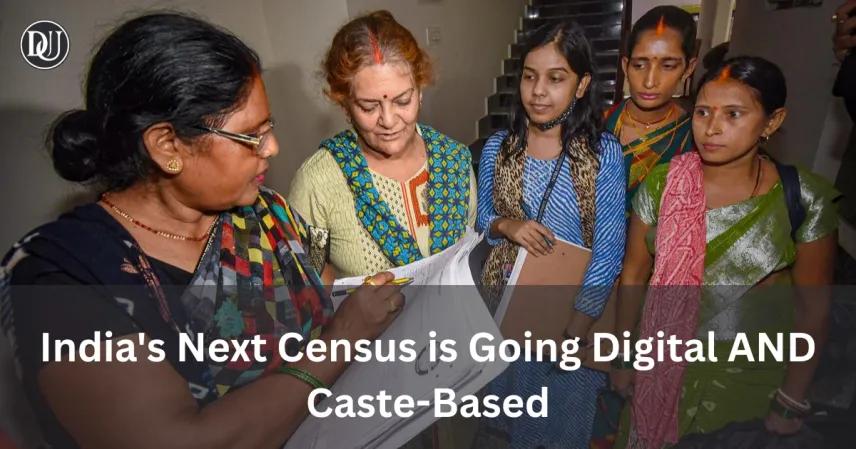Okay, so here's something that really caught my attention today, and honestly, it's a pretty big deal for India. We're talking about the next census, right? The one where we count everyone and everything. Well, turns out it's going to be India's first ever fully digital census, and get this, it's also going to include a caste-based enumeration. Yep, you heard that right. It’s a pretty significant shift, and it’s set to kick off on March 1, 2027. This got me thinking about how much things are changing, and what this all means for us.
What's Really Happening Here (and Why It's a Big Deal)
So, the last census was way back in 2011, and we've been waiting for the next one for a while now. This time around, they're not just going digital – which, let's be honest, is a massive undertaking for a country our size – but they're also bringing back the caste component. The Union Home Minister, Amit Shah, mentioned this, highlighting the importance of accurate data for various government schemes. It’s a move that's bound to spark a lot of conversations, you know?
- Digital First: This means enumerators will be using tablets or smartphones to collect data. No more mountains of paper! Makes sense, right? It should be faster and, hopefully, more accurate.
- Caste Enumeration: This is the part that will really get people talking. The last time a caste enumeration happened on a large scale was way back in 1931. This data is super important for policymaking, especially when it comes to reservations and welfare programs.
- Why Now?: Well, honestly, there's been a long-standing demand for updated caste data. Many argue that current policies are based on outdated figures, and a new enumeration could provide a much clearer picture of socio-economic realities.
![]()
Now, I know what you're thinking – a digital census sounds great, but what about the challenges? Internet access, digital literacy, ensuring data security… these are all big questions, especially in rural areas. But then again, with a country that's embracing digitalization at such a rapid pace, it's probably the logical next step. And the caste data? That's a whole other can of worms, with debates about its implications for society and politics.
What This Actually Means for Us
Let's talk about the real-world implications of this. For us citizens, it means we'll be interacting with enumerators digitally. It’s going to be interesting to see how smoothly that rolls out across the country. More importantly, the caste data collected could have a profound impact on future government policies. Think about it: if the numbers show different demographics than what we currently assume, it could lead to significant changes in how resources are allocated, how reservations are structured, and how development programs are designed.
It’s about making sure that policies are based on current realities, not assumptions from nearly a century ago. Makes sense, right? This could mean a more equitable distribution of benefits, but it also opens up conversations about identity and social structures. It’s a complex issue, with strong opinions on all sides. But one thing's for sure: accurate data is always a good starting point for any meaningful discussion.
Bottom Line: A Future Shaped by Data
So, India's next census is shaping up to be truly historic. The move to digital is a huge leap forward, and the inclusion of caste data marks a significant policy decision that will undoubtedly have long-lasting effects. It’s about getting a clearer picture of who we are as a nation, and using that information to build a more inclusive future. What are your thoughts on a digital, caste-based census? Do you think it's a necessary step for India? Let's talk about it!










